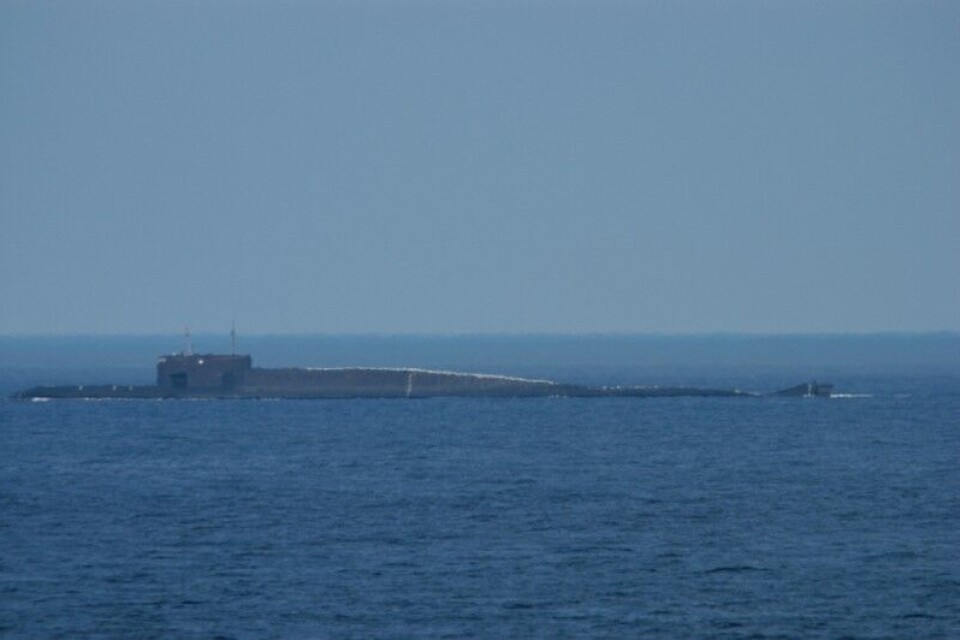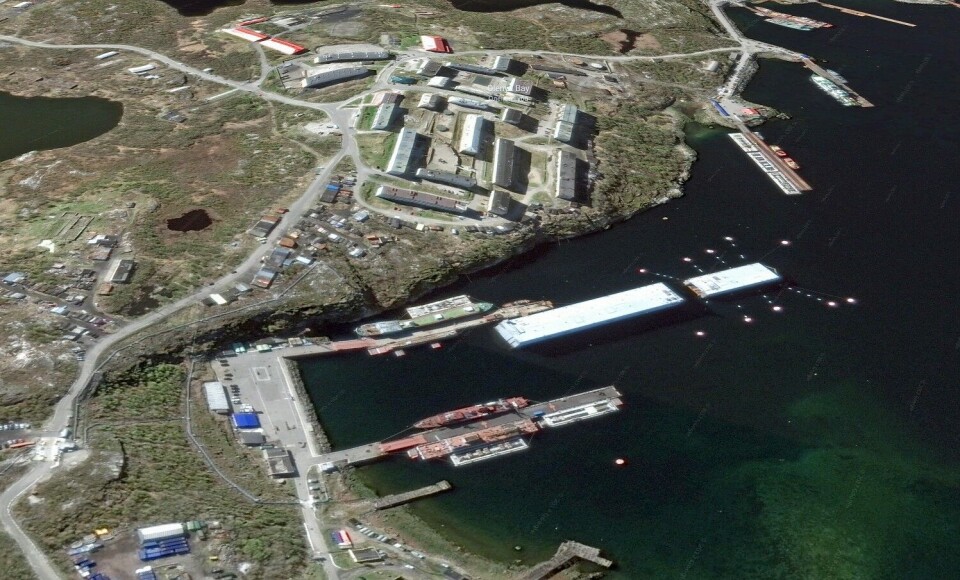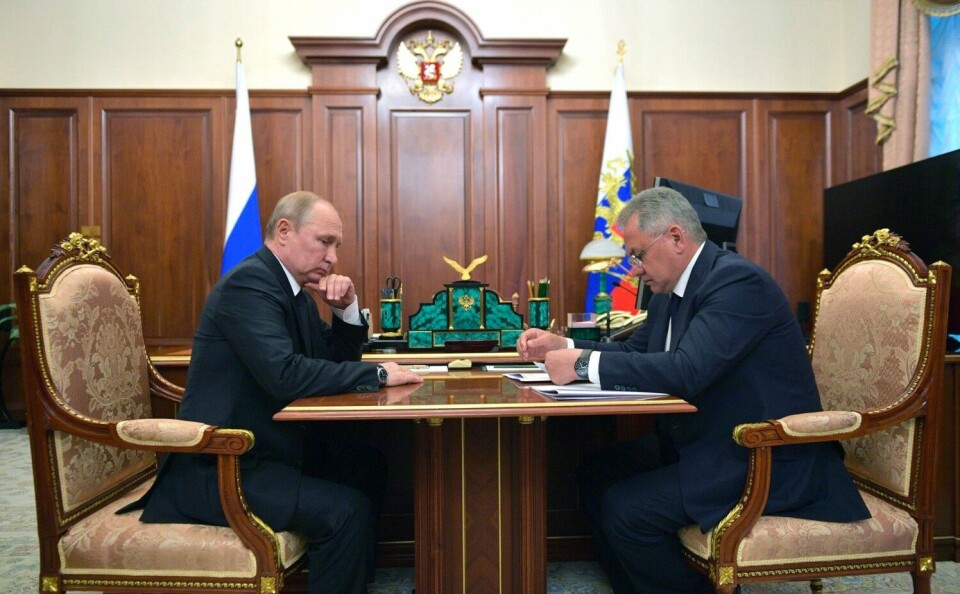
Fishermen witnessed nuclear submarine drama
The sub quickly surfaced and there were subsequent signs of panic on the deck, the local fishermen say. The accident might have been caused by a gas explosion.
p.p1 {margin: 0.0px 0.0px 0.0px 0.0px; font: 11.0px ‘Helvetica Neue’; color: #000000}p.p2 {margin: 0.0px 0.0px 0.0px 0.0px; font: 11.0px ‘Helvetica Neue’; color: #000000; min-height: 12.0px}span.s1 {font-kerning: none}
They were out doing illegal fishing and do not want to reveal their names. But the men who late Monday evening were onboard a small local fishing boat off the coast of the Kola Peninsula told news agency SeverPost that they witnessed what appeared as a state of emergency.
Eye witnesses
It happened around 9.30 pm near the Ura Bay, one of the witnesses says.
«We were heading towards Kildin, and then, about half past nine in the evening, a submarine surfaces. Suddenly and completely surfaces. I have never seen anything like it in my life. On the deck, people were running around and making fuss,» he told SeverPost.
The fishermen hid in nearby bay from where they saw that a navy vessel and two tugs quickly arrived on site. Around 11 pm, the vessels accompanied the submarine away from the area. There was no sign of smoke, they say.
Other locals later reported that they saw bodies being taken out of the submarine and to an approaching ship.
A source in the Russian Navy later told SeverPost that the submarine seen by the local fishermen was most likely the «Podmoskovie», the mother vessel of the special purpose submarine «Losharik» (AS-31). The «Podmoskovie» is a rebuilt Delta-IV class submarine designed to carry the much smaller «Losharik».
Sources in the Navy on Tuesday told Russian media that the accident had happened in the «Losharik».
Both the «Podmoskovie» and the «Losharik» are normally based in Oleniya Bay, and operated by the Main Directorate for Deep Sea Research, nicknamed GUGI, a branch directly under General Staff of the Armed Forces.

The “Losharik” is believed to be able to bring - or remove - other small installations and devices for military purposes to be placed on the sea floor. Such devices can be noice-makers to distract foreign submarines when Russian submarines sail out from the Kola Peninsula to the North Atlantic. Other listening devices can detect sounds made by the propellers of enemy ships. The submarine has one nuclear reactor.
Possible gas explosion
Information about the accident made it to the media many hours after the drama and the high level of secrecy surrounding the GUGI and its operations makes it unlikely that the full story will ever get out.
According to the Norwegian Radiation Protection Authority, the accident was triggered by a gas explosion on board the vessel. Representatives of Russian authorities on Tuesday informed the Norwegian side about the incident, Morten Strand from the Radiation Protection Authority told Norwegian broadcaster NRK.
The Russian Defense Ministry, however, rebuffs that any such information was ever shared with the Norwegians.
There has not been measured any heightened levels of radiation in the area.

«Great loss for the Navy»
Onboard the submarine were several of the Russian Navy’s most experienced sailors. President Vladimir Putin in a meeting with Defense Minister Sergey Shoigu on Tuesday confirmed that two of the men killed were highly decorated «Heroes of Russia», and that another seven were First Rang Captains. A total of 14 people died in the accident, the most serious Russia Navy accident since 2008.
According to SeverPost, the two Heroes of Russia were both from St.Petersburg.
«This is a great loss for the Navy, and yes, also for the Army,» Putin told his defense minister.
Sergey Shoigu was commissioned by the President to go to Severomorsk, the Northern Fleet headquarters, and was reported to have arrived on site already Wednesday morning.
Unknown reasons
The crew onboard the «Losharik» is believed to based on the best professionals in the country and several Russian experts doubt that human error was the reason for the accident.
According to newspaper Izvestia, these submariners were «the best in Russia», all of them trained in St.Petersburg and directly subordinated the Ministry of Defense. Security procedures are unprecedented and the officers do not live onboard the submarine but arrive only directly ahead of departure to sea. Unlike other submarines, the «Losharik» and the other special purpose subs are served by special technical crews, the newspaper writes.
… We hope you like to read our articles.
For 15 years, the Barents Observer has provided serious, fact-based stories about life and developments in the North. Please help us to strengthen our independent journalism. Get engaged, give a small donation. Thank you
















